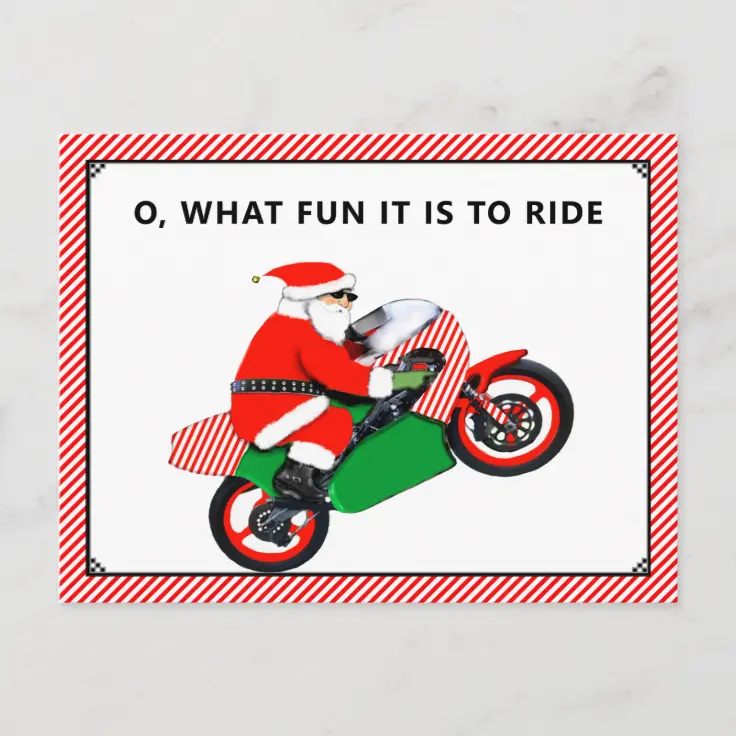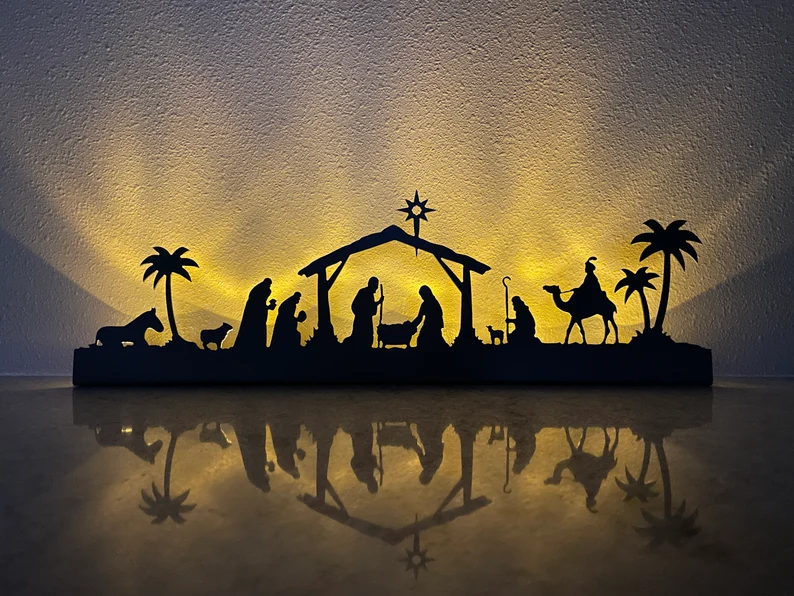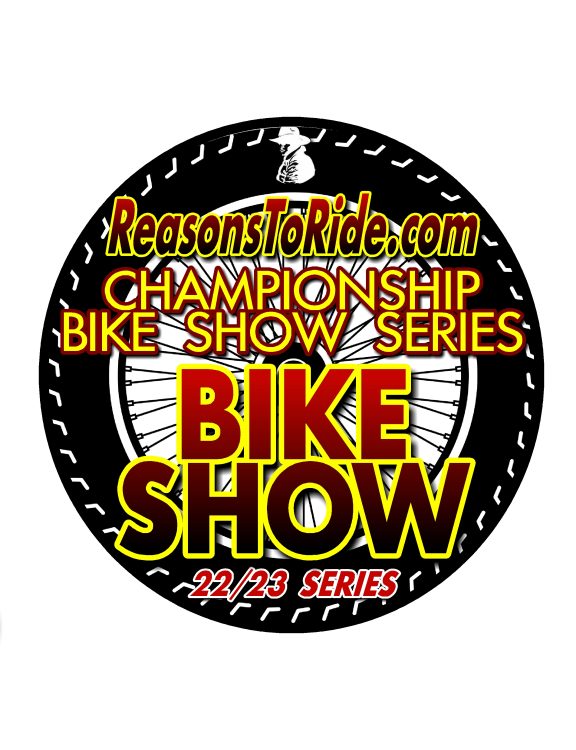Toll Roads – Sport Touring Corner
Sport Touring Corner
By Norm Kern
This month we are going to talk about toll roads- why you may or may not want to ride them, plus strategies to make them more convenient and less expensive to use.
Toll roads are built for two primary reasons. First, they may cross mountains or other geographic features that make them much more costly to build than other roads. Second, they are an alternate means to finance large highway projects.
Many toll road projects in the 1950s-70s were financed by selling construction bonds, with the understanding that the roads would become free once tolls had paid them off. A good example is the Kentucky Turnpike, which ran from Louisville to Elizabethtown. In 1975 it became a free section of I-65 and all traces of the toll booths were removed.
No one likes to spend extra money for road use, but what I hated the most on the motorcycle was having to fumble for cash at each toll booth. The Ohio Turnpike, New York Thruway and a few others used a ticket system. You were given a ticket when you got on, and when you got off, you presented your ticket and the attendant calculated your toll. Stop when you get on, again when you get off and only pay once.
Chicago is at the other end of the cash convenience spectrum- through the city, toll plazas are located every eight miles or less and you have to pay a toll at each one. My worst toll road day ever was going through there on the way to Wisconsin in the early 2000s. It was about 45 degrees and raining. The tolls were cash only in odd amounts like $1.60, varying from booth to booth. There were about ten booths to get through Illinois and I had to take off my gloves each time and dig for money. Toward the end I got so frustrated I just gave the attendant $2.00 and told him to keep the change. Instead of raising the gate, he started to say he had to give me the change and I screamed, “I don’t care- just let me go!” (Not feeling very Congenial that day!)
Over time, I became aware of the availability of transponders to eliminate cash tolls. E‑ZPass is the electronic toll collection system used on most toll roads, bridges, and tunnels in the Midwestern and Northeastern United States. Founded in 1987, it has been adopted by Delaware, Illinois, Indiana, Kentucky, Maine, Maryland, Massachusetts, New Hampshire, New Jersey, New York, North Carolina, Ohio, Pennsylvania, Puerto Rico, Rhode Island, Virginia, West Virginia and central Florida. There are 35 million of them in use!
The E-ZPass transponder is a battery-operated, radio frequency identification (RFID) transmitter unit the size of a deck of cards; it’s a two-way radio with a microprocessor. Stored in the transponder is some basic account information, including your identification number.
Electronic readers are positioned above each toll lane. These antennas emit radio frequencies that communicate with the transponder. The detection zone of an antenna is typically 6 to 10 feet wide and about 10 feet long. These two devices, the transponder and the antenna, interact to complete the toll transaction.
Computers process the transactions and deduct payment from your E-ZPass account. You have to either authorize a credit card to be automatically charged or make payment when requested. The system typically maintains about $15 in your account. A single transponder can be registered for all your vehicles- you just have to remember to take it with you
The transponder is mounted on the inside upper middle of a car windshield using Velcro. On the bike, it’s best mounted in the windshield area, the higher the better and at least two inches away from any metal objects. That clearance includes front and back, so don’t mount it on a metal surface! I find the Velcro mount doesn’t work unless the windshield is flat like the forward side of the E-ZPass. Its better to use a non-metallic holder and bracket to secure it. Important: always mount it right side up with the label side facing rearward.
—————————————————————————–
E-ZPass mount for Yamaha FJR
The E-ZPass holder was about $9 on Amazon. It’s 3D printed plastic. Not the greatest but does the job. It’s fastened to a piece of 1/8″ black ABS plastic with nylon screws that replace the crappy suction cups that came with it.
The windshield side of the bracket is flat except for two spacers that can be adjusted to control the amount of space between the E-ZPass bracket and the back side of the windshield.
The main zip tie is a re-usable type and quite strong. The other two zip ties form a three-point stable mount to the windshield frame with no cutting or drilling to the bike. Clip the excess off the cable ties once you are satisfied with the position and they are tight.
The design of the holder allows me to easily remove the E-ZPass, even with gloves on, to secure it or transfer it to another vehicle. This photo shows the correct orientation of the transponder.
—————————————————————————-
The West Virginia Turnpike has the worst readers anywhere- you have to slow down to 6 MPH or less and the transponder location is critical. I have tried my tank bag, rear view mirror and several other places that did not work. You MIGHT get it to work in a shirt pocket or somehow on your helmet. The only way to test is to pull up to a toll booth and see if your setup works by giving you a green light.
In places like Chicago, there are antennas across the main traffic lanes and your device is read at highway speed. That’s how it ought to be.
What happens if your transponder is not read? The fast lanes all have cameras that take pictures of the license plates of every vehicle that passes. The lookup system checks to see if the plate is assigned to a transponder. If so, your account is automatically charged, no problem. (Not in WV though!)
If you don’t have a transponder or money available in your account, they track down your email or street address info and send you a bill. This is hazardous and I don’t recommend it. Here’s why:
A friend of mine drove through Chicago last year without an E-ZPass and got tired of stopping and paying tolls so she skipped about half a dozen of them. Several days later, she got an email demanding payment, which she did online. Later she got another notice that she ignored. (Some transactions did not post until later.) Fines compound quickly in Illinois. She protested them and lost, finally paying several hundred dollars in fines because of less than $10 in tolls.
Even if you only drive toll roads a couple of times per year, an E-ZPass will save you money. Since states are trying to get away from dealing with cash, they discount E-ZPass transactions. In Ohio the discount is 33%, Illinois 50%.
West Virginia has new rules for 2019. First, they are raising their tolls from $2.00 to $4.00 at their three toll plazas. If you have a West Virginia E-ZPass, the charge is $2.60. They are the only state that does not discount E-ZPass transactions from other states’ transponders.
How much does an E-ZPass cost? In Ohio, there is no base charge, just $.75/month. You need to keep at least $15 in your account. West Virginia charges an initial $13, with a three-year lease for $24, for a total of $37 for three years or about $1.03/month.
For example, I make several trips through West Virginia each year and will be paying a total of 20 tolls. Since a West Virginia E-ZPass will save $1.40 per toll, that’s a $28.00 saving. Bottom line: If your toll road riding includes West Virginia, you should purchase your E-ZPass from them.
Taking advantage of this technology, you will put an end to fumbling with cash, waiting in long lines to pay, and in many cases avoid even entering a toll plaza or slowing down on toll roads. All while paying less. What are you waiting for?
———————————————————————
Connect with local
Ohio Motorcycle Sport Touring Association riders at these monthly breakfasts:
Southwest Ohio Breakfast, 9AM March 16
Village Family
Restaurant
144 S. Main St.
Waynesville, OH 45068
Central Ohio Breakfast, 8AM, April 6
Portside Cafe
6515 S High St
Lockbourne, OH 43137



